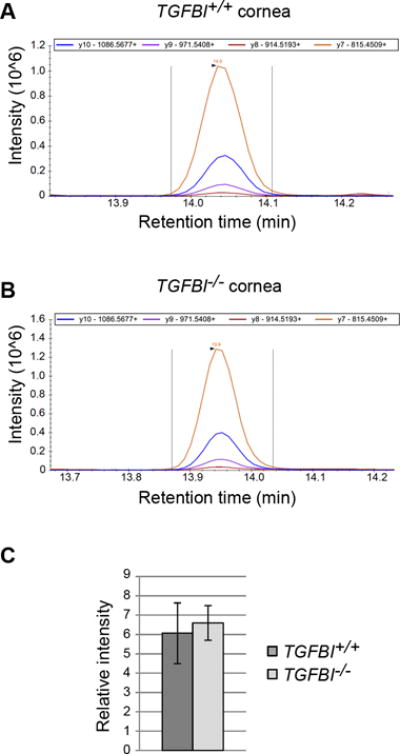Figure 4. The TGFBIp paralog POSTN does not compensate for the lack of TGFBIp expression.

(A, B) Targeted LC-SRM-MS assay was developed to assess whether the TGFBIp paralog POSTN is upregulated in the TGFBI−/− cornea to compensate for loss of TGFBIp. POSTN was one of the most regulated proteins in the iTRAQ analysis; however, its change in expression was not significant at p<0.01. The SRM assay was designed to monitor four proteotypic peptides for POSTN, including four transitions per proteotypic peptide. Each represent one of the biological replicates (n = 3) and show the intensity of the four transitions for the tryptic POSTN peptide IIDGVPVEITEK in TGFBI+/+ (A) and TGFBI−/− (B). (C) No significant difference between the TGFBI+/+ and TGFBI−/− groups (n = 3) was observed using a Student’s t-test and a p-value cut-off of 0.01, thus rejecting the hypothesis that the functional loss of TGFBIp in the TGFBI-deficient cornea is compensated by POSTN upregulation. Error bars represents the SD.
